Lido Finance: Keeping It Afloat – From Beach Repairs to Blockchain Safety
If you’ve been keeping an eye on the digital finance landscape, you’ve probably heard about Lido Finance and its impact on the blockchain world. Recently, the spotlight has turned towards some pressing issues related to the temporary closure and damage repairs at Lido Beach, an intersection of coastal management and innovative finance solutions. In this article, we’ll dive into the complexities surrounding Lido Finance, from beach erosion management to emergency response protocols. Join us as we explore how this platform is navigating both environmental challenges and the intricacies of smart contract safety, all while keeping the community informed and engaged.
Lido Beach and Lido Finance: Temporary Closure and Damage Repairs
Lido Finance Beach Erosion Management
Coastal erosion presents complex challenges for beach infrastructure management. While specific Lido Finance interventions remain undocumented, general coastal protection strategies involve proactive approaches to shoreline stabilization. Beach nourishment techniques and strategic sand placement from New Pass represent potential solutions for mitigating land loss. Rock groins construction can help reduce sediment displacement and protect coastal zones from progressive erosion. These methods aim to preserve beach integrity by creating natural barriers and redistributing sand deposits. Strategic intervention becomes crucial in maintaining coastal ecosystem resilience and protecting valuable shoreline assets against progressive environmental transformations.
Lido Finance Coastal Infrastructure Repair
Infrastructure repair requires systematic and strategic approaches to coastal restoration. The process begins with comprehensive damage assessment, identifying critical areas needing immediate intervention. Engineers and coastal management professionals conduct thorough surveys to map infrastructure vulnerabilities. Sand replacement techniques become essential in restoring beach morphology, utilizing materials from nearby sediment sources like New Pass. Construction teams implement specialized techniques for rock groin installation, which stabilize shoreline boundaries and reduce erosion potential. Each repair phase demands precise execution, considering environmental impact and long-term sustainability. Monitoring becomes integral to tracking repair effectiveness and adapting strategies for future coastal protection efforts.
Lido Finance Emergency Response Protocols
Emergency response protocols demand structured, multilayered approaches to coastal crisis management. Risk assessment forms the foundational step, identifying potential environmental threats and infrastructure vulnerabilities. Preparation involves developing comprehensive evacuation strategies and establishing communication networks with local emergency services. Response mechanisms include rapid deployment of support teams, infrastructure reinforcement, and immediate damage mitigation efforts. Recovery phases focus on systematic restoration, assessing and repairing critical infrastructure components. Each protocol stage requires coordination between local authorities, environmental experts, and emergency management teams. The ultimate goal remains protecting human safety while minimizing environmental and economic disruption during potential coastal emergency scenarios.
Smart Contract Safety in Lido Finance’s Liquid Staking
Lido Finance Smart Contract Vulnerability Assessment
| Vulnerability Type | Assessment Method | Risk Level | Mitigation Strategy |
|---|---|---|---|
| Critical Bugs | Multiple Firm Audits | High | Comprehensive Security Checks |
| Potential DoS Risks | Open-Source Code Review | Medium | Continuous Monitoring |
| Financial Exploitation | Bug Bounty Program | Low | Immunefi Platform Screening |
The vulnerability assessment demonstrates Lido Finance’s multi-layered approach to smart contract security. Leveraging audits from top security firms like Certora, StateMind, and ChainSecurity, the platform systematically identifies potential risks. The comprehensive review process includes rigorous examination of code vulnerabilities, potential denial of service scenarios, and financial exploitation risks. This meticulous strategy has successfully maintained user trust by preventing major security incidents, showcasing Lido’s commitment to robust blockchain infrastructure protection.
Lido Finance Blockchain Risk Mitigation Strategies
Pros:
- Non-custodial structure enhancing security
- Diversified staking across reputable node operators
- Self-coverage mechanism for validators
- Reduced systemic risks through distributed validation
Cons:
- Complex distributed risk management
- Potential regulatory compliance challenges
- Centralization concerns from significant Ethereum staking market share
- Reputational risks if governance fails
Lido Finance Liquid Staking Security Frameworks
Lido Finance’s liquid staking security framework represents a sophisticated multi-layered approach to blockchain risk management. By integrating comprehensive security audits from multiple firms, a robust bug bounty program, and a carefully selected validator committee, the platform creates a resilient infrastructure. The decentralized autonomous organization (DAO) governance model further enhances transparency and accountability. This strategic framework ensures continuous risk assessment, allowing rapid identification and mitigation of potential vulnerabilities while maintaining user trust in the staking ecosystem.
Lido Finance Regulatory Compliance in Staking
- Strategic regulatory alignment in multiple jurisdictions
- Comprehensive governance mechanisms for risk mitigation
- Regular compliance assessments
- Transparent decision-making processes
- Proactive adaptation to evolving blockchain regulations
- User protection through systematic compliance frameworks
- Commitment to maintaining systemic stability in decentralized finance
Lido Finance Technical Documentation
Lido Finance Technical Writing Best Practices
Technical writing for Lido Finance demands precision and clarity. Effective documentation integrates seamless collaboration strategies without disrupting smart contract functionality. Drawing from concrete examples, best practices include comprehensive security audits by reputable firms and publicly accessible audit reports. Verification of smart contracts on Etherscan ensures transparency and builds trust within the blockchain ecosystem. By maintaining detailed documentation through centralized portals, Lido creates comprehensive guides that explain complex blockchain mechanisms. The focus remains on clear communication, enabling developers and users to understand protocol intricacies while highlighting the protocol’s commitment to security and accessibility.
Lido Finance Documentation Standardization
Documentation standardization at Lido Finance represents a critical infrastructure component for blockchain communication. The protocol maintains a centralized documentation portal that provides uniform descriptions of core contracts, including Staking Pool and Oracle Contracts. By establishing consistent documentation frameworks, Lido ensures stakeholders can easily understand technical specifications and governance mechanisms. Detailed explanations cover critical aspects like the Aragon DAO’s role and LDO token functionality. This approach not only enhances user comprehension but also streamlines knowledge transfer across the blockchain ecosystem, creating a transparent and accessible information environment.
Lido Finance Transparent Decision-Making Processes
Q: How does Lido Finance ensure transparency in decision-making?
A: Lido implements a decentralized governance system that empowers stakeholders through voting mechanisms. Community channels facilitate open communication, allowing stakeholders to stay informed about protocol updates and changes.
Q: What mechanisms support transparent operations?
A: Regular oracle reports provide necessary data for accurate accounting and withdrawal processes. The protocol encourages community involvement by making governance design and implementation publicly accessible.
Q: How do these processes benefit the blockchain ecosystem?
A: By prioritizing transparency, Lido builds trust and enables collaborative protocol development.
Lido Finance Governance Structure
Lido Finance Decentralized Governance Models
Lido DAO represents a groundbreaking decentralized governance framework powered by the LDO token. Unlike traditional centralized systems, this model distributes governance rights dynamically through community-driven mechanisms. Token holders can participate in protocol decisions, ensuring transparent and adaptive management. The governance structure allows stakeholders to propose, discuss, and vote on critical protocol changes, creating a democratic ecosystem where collective interests drive development. By using token-weighted voting, Lido ensures that participants with more significant investments have proportionally greater influence, balancing representation and commitment to the platform’s long-term success.
Lido Finance Stakeholder Voting Mechanisms
Lido’s voting mechanism operates on a token-weighted principle where LDO token ownership directly correlates with voting power. Each token represents one vote, creating a proportional representation system that empowers stakeholders based on their financial commitment. The mechanism ensures fair participation while preventing centralized control by distributing decision-making across the community. Participants must hold LDO tokens to engage in governance processes, which encourages active involvement and aligns individual interests with the protocol’s overall development. This approach promotes transparency, collective decision-making, and maintains the decentralized ethos of blockchain technology.
Lido Finance Community-Driven Infrastructure Projects
- Leverage Lido’s specialized sub-governance committees for targeted development
- Focus on five key areas: node operations, ecosystem grants, and protocol improvements
- Encourage community participation through transparent proposal processes
- Utilize multi-step voting mechanisms (off-chain and on-chain)
- Promote collaborative infrastructure development
- Enable stakeholders to propose and vote on critical protocol upgrades
- Support innovative blockchain infrastructure initiatives
- Ensure continuous protocol evolution through community engagement
Lido Finance Environmental Impact of Blockchain Infrastructure
Lido Finance indirectly contributes to blockchain sustainability by operating within Ethereum’s proof-of-stake ecosystem. While direct environmental impact data is limited, the platform benefits from Ethereum’s energy-efficient consensus mechanism. Liquid staking through Lido reduces computational complexity and energy consumption compared to traditional proof-of-work systems. By enabling more efficient blockchain participation, Lido supports the broader crypto industry’s transition towards more sustainable technological infrastructure. This approach aligns with growing environmental consciousness in blockchain development, demonstrating a commitment to reducing the carbon footprint associated with digital asset management.




